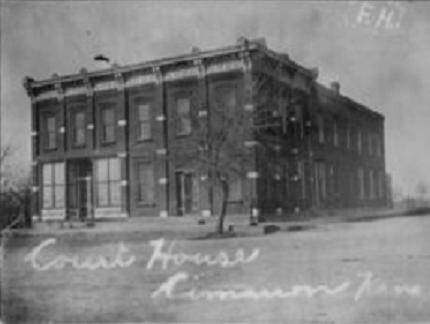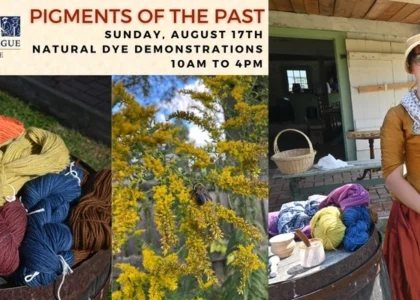Welcome to the site of the infamous Battle of Cimarron, a gunfight that marks one of the many violent episodes in the tumultuous history of the Maxwell Land Grant. This area, once part of the largest contiguous private landholdings in the United States, has witnessed countless stories of conflict, ambition, and survival.
The Maxwell Land Grant originated from a Mexican land grant in 1841, awarded to Carlos Beaubien and Guadalupe Miranda. This vast area, covering parts of modern-day New Mexico and Colorado, became a hotbed of activity as settlers, miners, and ranchers flocked to its promises of prosperity. Among the central figures in this saga was Lucien B. Maxwell, who gained control of the grant and transformed it into a thriving hub of economic activity.
However, the promise of wealth often breeds conflict, and the Maxwell Land Grant was no exception. The Battle of Cimarron, like many disputes during the Colfax County War, arose from tensions between settlers and the European investors who acquired the grant from Maxwell in 1870. Legal ambiguities and cultural clashes over land rights fueled these disputes, leading to a series of confrontations throughout the 1870s and 1880s.
The significance of the Maxwell Land Grant extends beyond these skirmishes. Its evolution mirrors the broader history of the American Southwest, marked by the transition from Mexican to American governance and the subsequent legal and cultural integration. The land has seen the rise and fall of communities, the exploitation of natural resources, and the enduring struggle for ownership and identity.
Today, the legacy of the Maxwell Land Grant is preserved in various forms, from the historical towns within its original boundaries to the natural beauty of the Vermejo Park Ranch and Philmont Scout Ranch. As you stand here, consider the stories of those who walked this land before you—settlers, soldiers, and entrepreneurs—each leaving their mark on this storied landscape.




